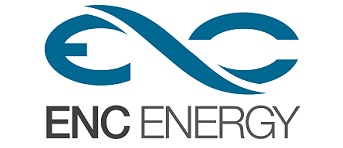Fixed beds and fluidized bed membrane reactor: opportunities and challenges
The selective recovery of hydrogen for the production of hydrogen has been extensively studied over the years. The system in the BIONICO project aims to use selective removal of hydrogen in the reforming of biogas to produce pure hydrogen. This requires integration of both membranes and catalysis in the same reactor, the membrane reactor. The integration of both catalysis and membrane is possible in different types of membrane reactors. The main two types considered for the BIONICO project are the packed bed and the fluidized bed reactors. The packed bed reactor is the first and most studied because of its simplicity in design and scale up.
The packed bed membrane reactor confines the catalyst in a fixed bed in contact with the membrane. The most used is the tubular packed bed where the catalysis is either placed inside the membrane tube or surrounding the membrane both configurations. The biogas is converted over the catalyst bed. The produced hydrogen is transported from the bulk of the catalyst to the membrane wall where it is removed. In the early research on this kind of reactors, due to the low flux membranes used, the bed-to-wall mass transfer was not limiting. However, with the increase in hydrogen flux through the membrane it became a limiting factor for the permeation of hydrogen.
For the BIONICO project the fluidized bed configuration is selected to exploit the full potential of the selective removal of hydrogen. In the fluidized bed membrane reactor the membranes are immersed in bed of catalytic particles. The catalytic particles are brought to fluid like conditions where the superficial gas flow counter balances the frictional forces of the catalytic parties. A bubbling behavior of the bed is achieved with a high enough gas velocity.








